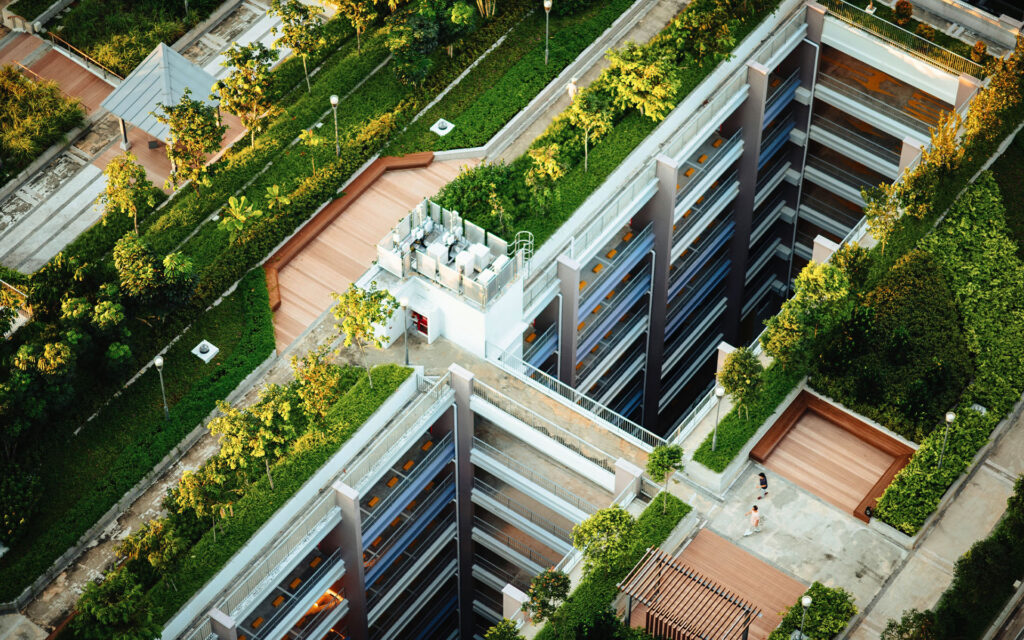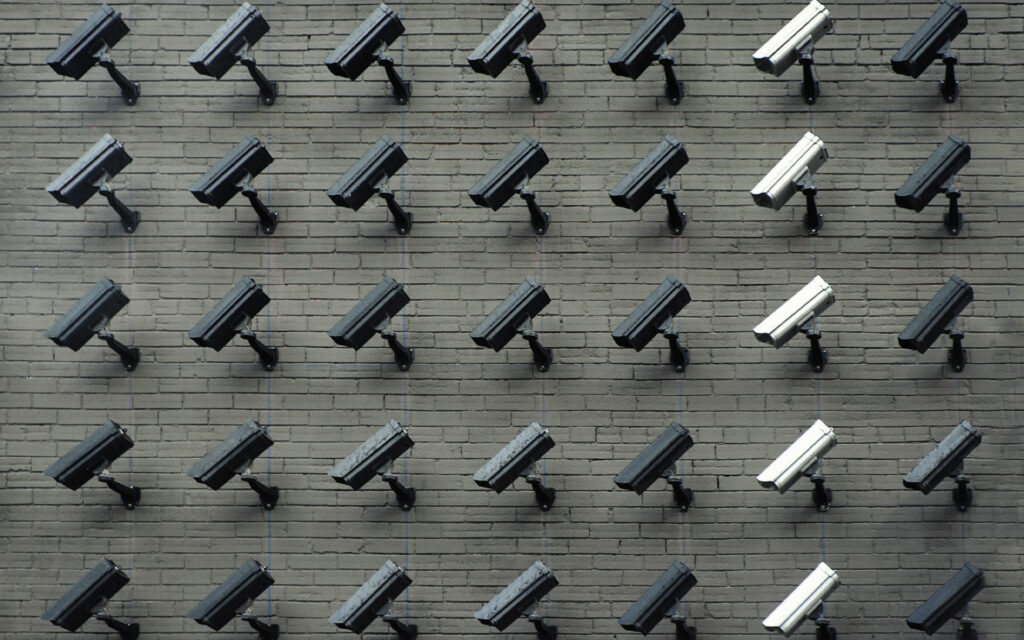Microcities are urban places that integrate the high-density living with typical urban functionality. They are cities in the city characterized by complexity and overlapping functions. They are typical cities with a layered urban fabric. In these realities, the life of the residents is marked by composite functions within the broader context of the existing megalopolis. These are dynamic, but autonomous structures. Cities in the city create miniature urban systems. Here, each part enhances its dynamic aspects and aims to be harmonious. Within them, microcities merge residential, commercial and tertiary elements. There are also recreational facilities and meeting points.
Integration and connectivity
Cities in the city have high levels of integration and connectivity. They offer amenities and services that help create community self-sufficiency, as the goal is to optimize the efficiency and usability of daily life. They also provide residents with easy access to work, leisure and services. All this within the delimited boundaries of a urban microcosm, in just a few minutes. For this reason, the structure itself is a testimony of sustainable urban life that perfects (at least in its stated intentions) space and resources while minimizing environmental impact.

Environmental performance
In addition to functionality, the microcity model proposes a sustainable and healthy lifestyle. It integrates green spaces and cutting-edge technologies. It reduces the high carbon footprint of the urban context. In this regard, the focus is on optimising the use of space by increasing environmental performance and urban efficiency. We want to promote a sense of community including sustainable and innovative principles to make the “city in the city” a cohesive and harmonious environment.
SmartCity Springpark Valley
The futuristic Spring Park Valley district, near Francoforte sul Meno, is a case of cities in the city. In line with a contemporary lifestyle, which perfectly integrates work, leisure and social life. It is a dynamic district that prioritizes a variety of services, including research and development facilities, supply services, restaurants, fitness centers, hotels, apartments, amenities, healthcare facilities, and small businesses, enriching the diversity of the place.
The proposed development is designed to seamlessly connect the neighborhood to the surrounding environment, ensuring a clear separation of pedestrian, bicycle and automobile traffic. The urban pattern consists of buildings from four to seven floors with two blocks of thirteen and fifteen. On the ground floor, the buildings are open to allow the connection of the road arteries to the urban landscape. While the green roofs are intended for recreational activities.
But the complex, advertised as a smart city with thousands of jobs and living spaces for 2,000 people, has not taken off as announced by Berlin’s leading investor Deutsche Landentwicklung (DLE), at the request of the Landbote, the planning will need to be reformulated. “We will soon define the objectives in the workshops,” said Petra Müller, DLE project manager. “For us it is important that the project is accepted by the population,” she added. Only then an urban development plan will be submitted to policy makers. So the 800 millions euro project remains on hold.
The holistic approach
These new housing realities transcend the conventional boundaries of urban fabrics. They represent a holistic approach to architectural innovation in which high housing density coexists with the texture of mixed-use functionality. But they have strengths and weaknesses. Although there are nearly 13,000 microcities active around the world, recent years have highlighted the vulnerabilities of these clusters. Their role as engines of economic growth hangs in the balance.
Urbanization in clusters
Common technologies deployed in all types of microcities include smart cameras and robotic biometrics and automation, digital signage, private Wi-Fi networks, 5G and micro-networks. These means have the role of managing the flow of people, access and security while generating cost savings through maximising operational efficiency. Indeed, a key question that needs to be addressed is whether urbanisation in aggregates of microcities will continue to remain the preferred way of living the urban future. Some factors could potentially contribute to microcities losing at least some of their roles and relevance.
Pervasive technologies
The critical point of micro cities concerns the pervasive surveillance to which they are subjected. When it comes to surveillance rights, the fundamental question is: how much surveillance is too much, even in the name of security? The ubiquity of surveillance technologies in urban spaces has raised concerns. If every move of an individual can be tracked, recorded, and analyzed, it could violate personal privacy and autonomy. Mass surveillance can lead to a chilling effect on human behavior by inducing individuals to modify their actions for fear of being observed.

Mass surveillance
In London, one of the most heavily policed cities in the world, it turned out that mass surveillance did not lead to a decrease in overall crime rates. In a study, the criminologists found that although there were reductions in some categories, they generally failed to establish a significant impact of remote surveillance on crime reduction or fear of crime in the public. Freedom of expression, association and movement are essential in democratic societies. And pervasive surveillance can inhibit these freedoms, creating a society in which people feel constantly monitored and judged.
Surveillance urban planning
As Shoshana Zuboff states in her famous essay Surveillance Capitalism, human experience is used as raw material for behavioral data. Some of this data is used to improve products and services. While the rest becomes a private behavioral surplus . Subjected to an artificial intelligence process, it will be transformed into predictive products, products capable of predicting immediate and future behaviors that are traded in a new type of market for behavioral forecasts.
The danger lies in the fact that the platforms and technology companies that handle this data can access this information unlimitedly and with no oversight from governments and users themselves. “1984” written by George Orwell was first published in 1949. It was considered a powerful warning about the dangers of totalitarianism and omnipresent government surveillance. The book was about a society where everything you do, say, and even think is meticulously observed, analysed, and evaluated for compliance. It seems that in the 75 years since the publication of the text our cities increasingly resemble the Orwellian vision, to an extent that would perhaps surprise George Orwell himself. The rise of microcities, of fifteen-minute cities, is revolutionizing urban life. Within microcities, diversity thrives but contrasts also explode.
To learn more: Surveillance capitalism
You may be also interested in : Can we stop overproduction in the fashion industry?





